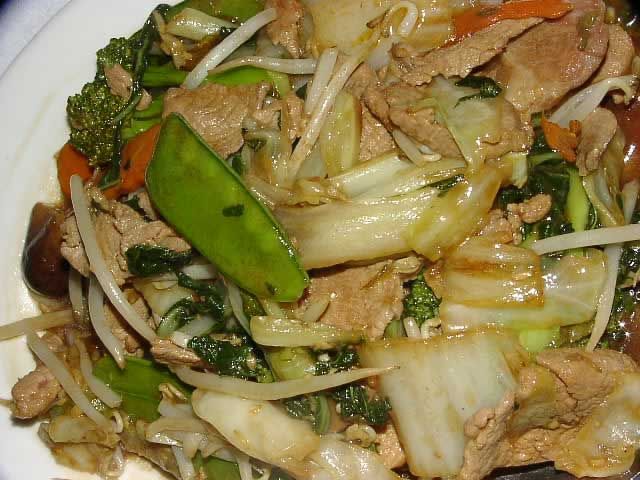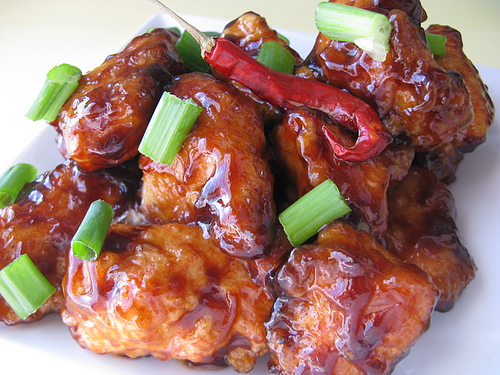Ask an American to describe Japanese food and you are likely to hear two things; sushi and Benihana's. That is about all we get in the States, and the former scares most people off. After all, who in their right mind would want to eat a raw fish? Well, as it turns out, a lot of people, and I do include myself in that group - with some qualifications.
But what is real Japanese cooking? Well for starters, the Benihana-style restaurant known as "Teppanyaki" where the food is prepared in front of you by a knife juggling, wise cracking chef is really quite rare. I have only seen one of these during my travels in Japan, and that was in a hotel catering to westerners.
What I do see commonly are specialty restaurants; selling mainly Sushi and Sashimi for example, others selling primarily noodle dishes like Ramen, Soba or Udon, other restaurants for Sukiyaki and Shabu Shabu.
Confused by the names? Here is a guide:
Fish
In my opinion, the Japanese do fish as well as anyone, and some fish is clearly better raw than cooked - Salmon and Tuna especially
Sashimi - Raw fish served on its own -usually dipped in soy sauce with wasabi.
Sushi - Often made with raw or cooked seafood, but sometimes with vegetables and always with rice
 |
| A pretty typical dinner from my hotel in Tachikawa - Sashimi, rice, tempura, Japanese pickles, custard, and miso soup. |
But what is real Japanese cooking? Well for starters, the Benihana-style restaurant known as "Teppanyaki" where the food is prepared in front of you by a knife juggling, wise cracking chef is really quite rare. I have only seen one of these during my travels in Japan, and that was in a hotel catering to westerners.
What I do see commonly are specialty restaurants; selling mainly Sushi and Sashimi for example, others selling primarily noodle dishes like Ramen, Soba or Udon, other restaurants for Sukiyaki and Shabu Shabu.
 |
| Tachikawa sushi bar at lunch time |
Confused by the names? Here is a guide:
Fish
In my opinion, the Japanese do fish as well as anyone, and some fish is clearly better raw than cooked - Salmon and Tuna especially
Sashimi - Raw fish served on its own -usually dipped in soy sauce with wasabi.
Sushi - Often made with raw or cooked seafood, but sometimes with vegetables and always with rice
 |
| Sushi box lunch purchased at the station for my bullet train ride to Kobe |
Noodles
Ramen - way better than the instant variety
I know I am just scratching the surface here, so I promise I will keep digging...
Soba Noodles - made from buckwheat - supposed to be healthy
Udon Noodles - very thick and soft
Dipped stuff
Sukiyaki - Like hotpot but you simmer your food in a sweet soy sauce and broth mixture - lots of thin sliced beef, vegetables and tofu
Shabu Shabu - Like sukiyaki, but the broth is different - not as sweet
Fried Stuff
Tempura - dipped in a light batter, cooked in very hot oil - not greasy
I know I am just scratching the surface here, so I promise I will keep digging...





































